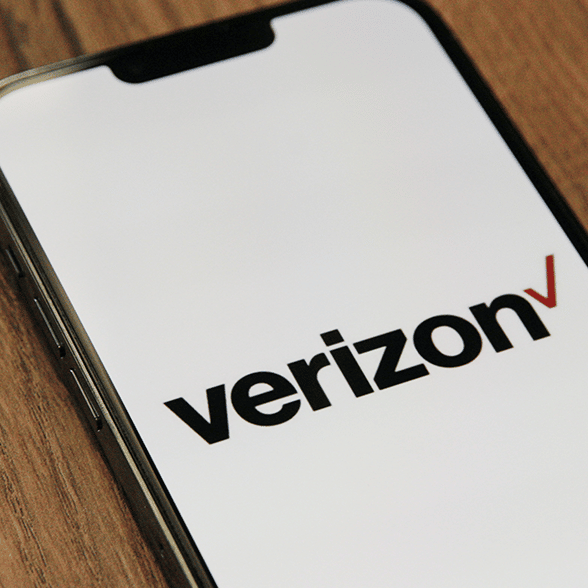 Wireless network problems are on the rise along with an increase in demand for data services, including mobile Web browsing and email, according to Volume 1 of J.D. Power and Associates’ semi-annual 2012 U.S. Wireless Network Quality Performance Study.
Wireless network problems are on the rise along with an increase in demand for data services, including mobile Web browsing and email, according to Volume 1 of J.D. Power and Associates’ semi-annual 2012 U.S. Wireless Network Quality Performance Study.
The survey of mobile network quality and performance is based on three attributes: calling, messaging and data, with overall network performance assessed according to 10 problem areas affecting customers: dropped calls; calls not connected; audio issues; failed/late voice mails; lost calls; text transmission failures; late text message notifications; Web connection errors; email connection errors; and slow downloads. Network errors are measured in problems per 100 (PP100) network connections, while carriers are evaluated in six regions.
The incidence of data-related problems has grown steadily since the beginning of 2011, J.D. Power found. In particular, problems related to mobile Web connections, excessively slow downloading and email connection errors increased significantly between the first and second half of 2011. Problem rates in other network quality areas, such as call messaging and text messaging, remained unchanged.
“The ways and places wireless customers use their devices have changed considerably during the past several years,” commented Kirk Parsons, senior director of wireless services at J.D. Power and Associates, in a press release.
“For instance, in 2012, 58 percent of all wireless calls are made indoors – where wireless connections can be harder to establish and maintain – compared with only 40 percent in 2003. In addition, the rapid expansion of smartphone usage has also changed the ways in which wireless customers use their devices, which also impacts network quality.”
Another consideration is that the high volume of calls, text messages and emails from smartphone users strains carrier networks more than traffic from traditional handsets or feature phones. And the growing amount of mobile video downloads adds to the strain.
Wireless customers indicated they connected to the Web or used mobile email 20 times within a 48-hour period on average between July and December 2011. That translates to an average 300 mobile Web connections per month as compared to an average 285 connections per month during the previous six-month period.
The latest survey results emphasize the need for mobile network operators to invest in improving the quality and consistency both of voice and data connections, according to Parsons. Average monthly spending of customers is $17 higher for customers who switch to a new carrier for better network coverage as opposed to those who switch for other reasons, he noted.
Turning to the regional performance of mobile network operators, Verizon Wireless ranked highest in the Northeast for the 15th consecutive semi-annual reporting period, with customers reporting fewer problems involving dropped calls, failed initial connections, transmission failures and late text messages. Verizon Wireless also ranked highest in the Mid-Atlantic, Southeast, Southwest and West regions.
U.S. Cellular ranked highest in the North Central region for the 13th consecutive reporting period, with lower than average customer-reported problems with dropped calls, failed initial connections, audio problems, failed voice calls and lost calls.


